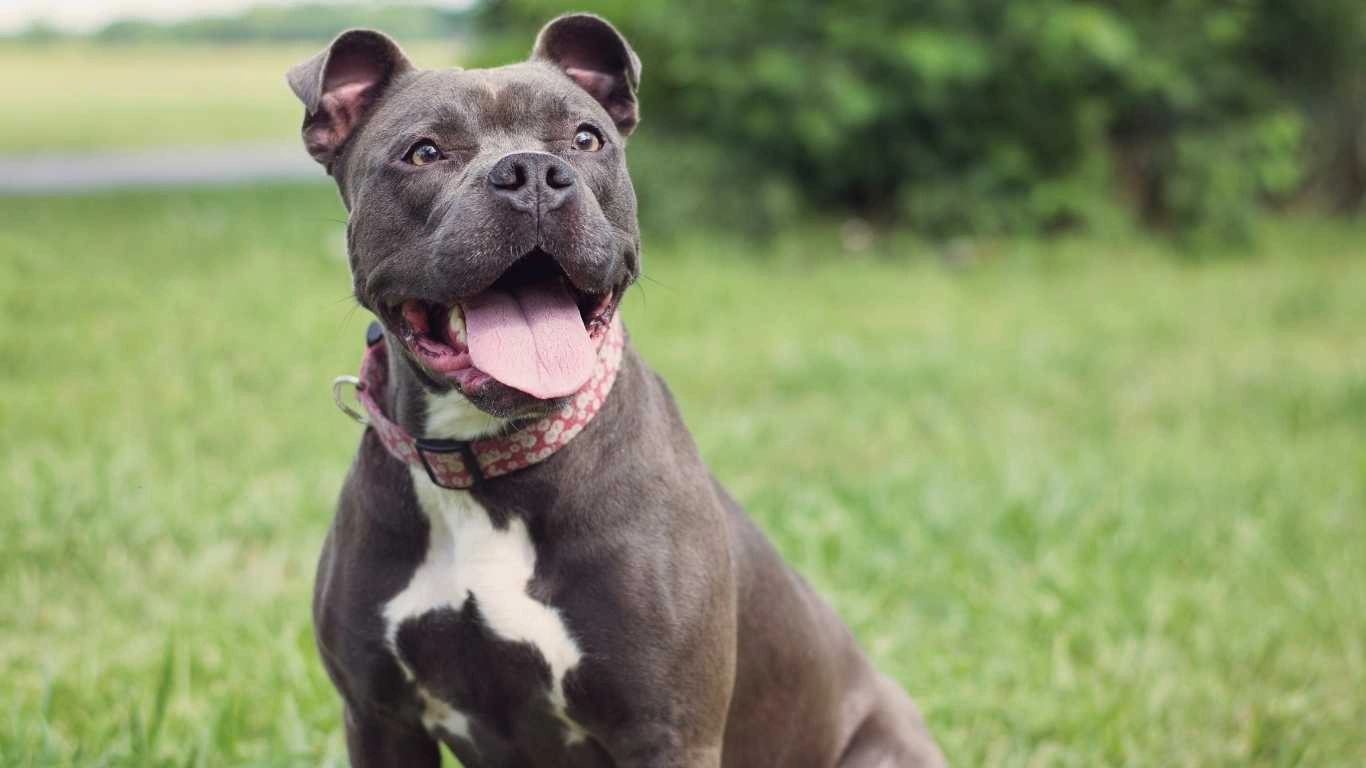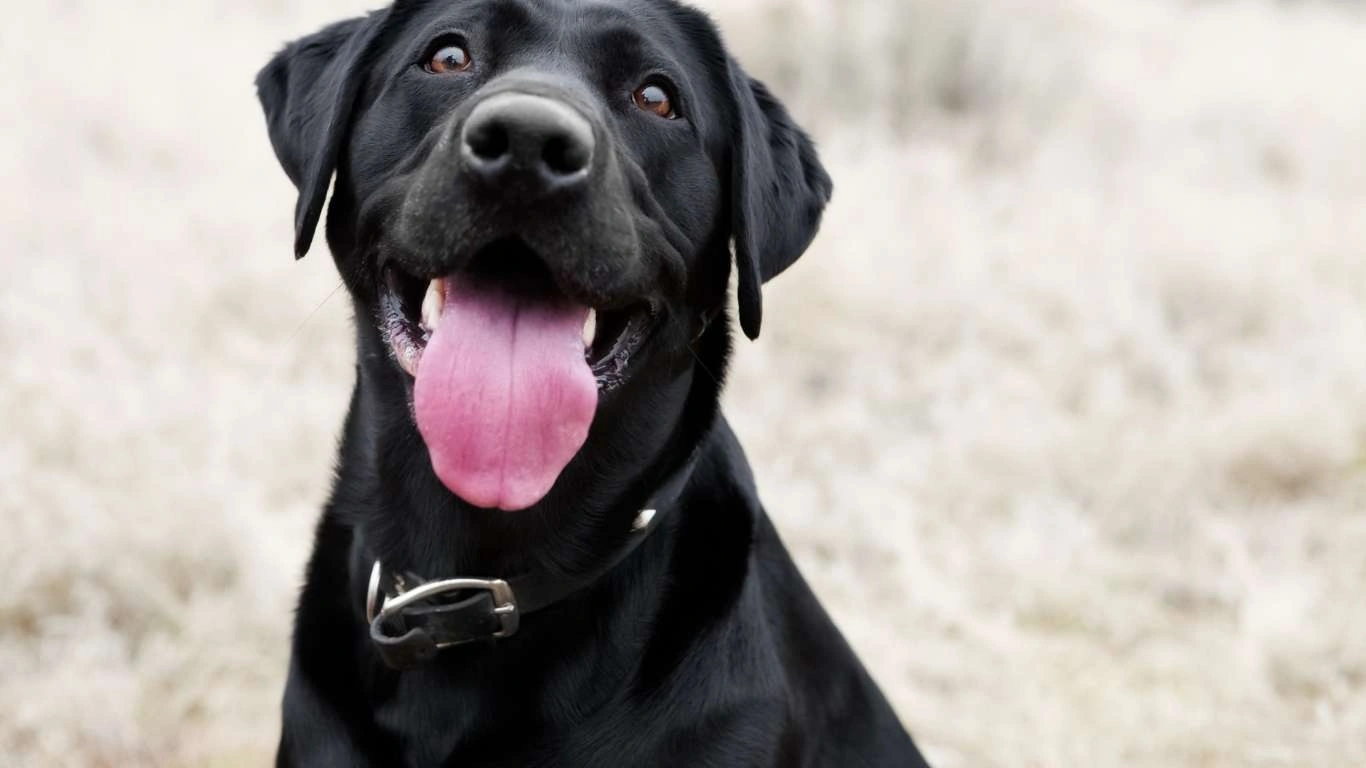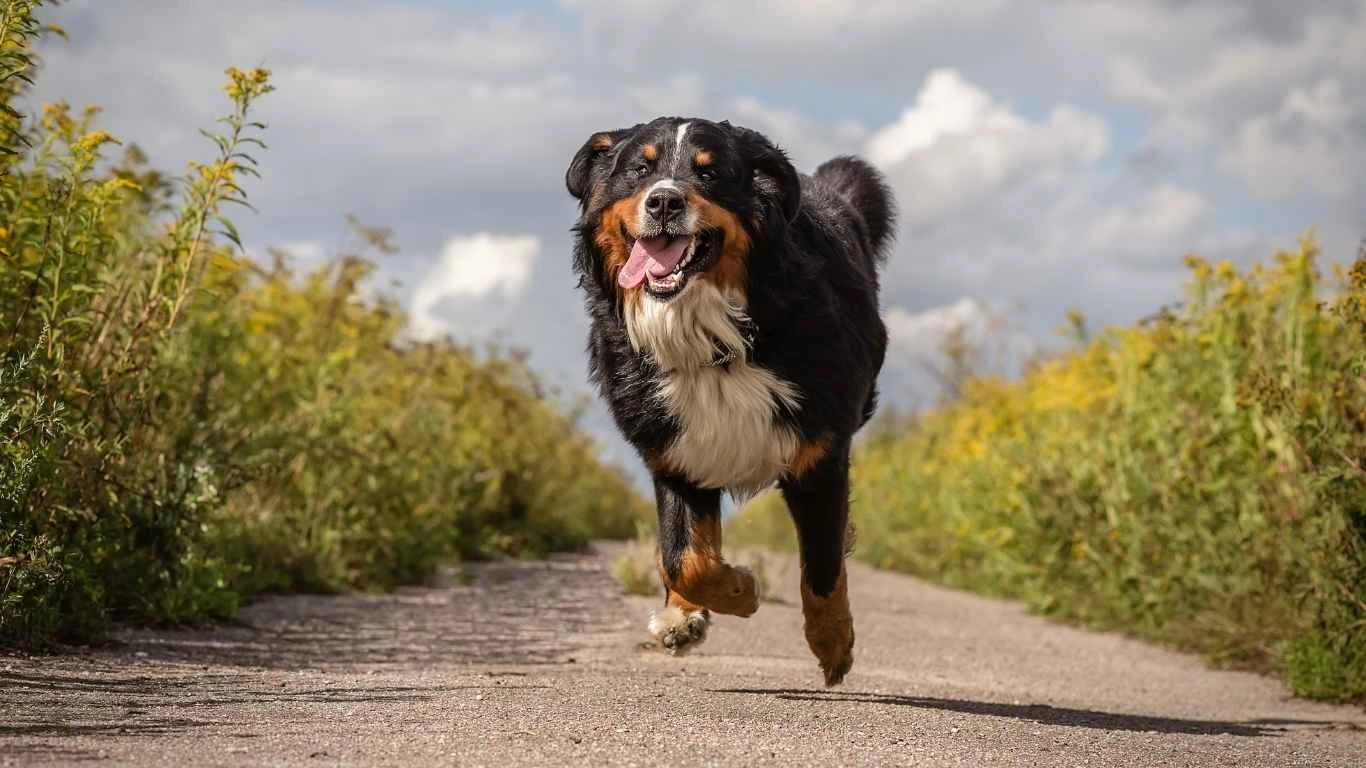Effortless Guide to Transition a Dog from Dry to Raw Food Safely
If you’re wondering how to transition a dog from dry to raw food, you’re definitely not alone—and you’ve come to the right place. I’ve helped guide so many pet parents through this exact change during my years working in pet clinics and animal shelters. Transitioning isn’t just about swapping kibbles for raw meat overnight (please don’t do that!); it’s a gradual journey that’s all about understanding your pup’s gut, health needs, and habits. And yes, I’ve seen everything from fussy eaters to dogs who practically threw a party once they got their first bite of raw chicken wing. Let’s dig into what I’ve learned—practically, personally, and professionally.
Why Make the Switch? The Benefits of Raw Over Dry

So, first off—why even bother transitioning from dry to raw? I get asked this a lot, especially from folks who’ve fed kibble their dog’s entire life. The short answer? Nutrition. The longer answer? Kibble is convenient but often lacks the living enzymes, moisture, and variety your dog’s ancestors thrived on. When I worked at the shelter, we noticed that dogs on raw diets had shinier coats, smaller poops (huge plus when you’re cleaning dozens of kennels), and overall better energy levels.
Some benefits I’ve personally observed:
- Healthier teeth and gums – raw meaty bones naturally clean the teeth
- Improved digestion – no more mystery diarrhea from questionable kibble ingredients
- Better weight control – raw diets help maintain lean muscle mass
- Fewer allergies – especially when switching to a single-protein raw plan
Of course, every dog is different. What works for one pup might not for another. That’s why a thoughtful, slow transition is absolutely key.
How to Transition a Dog from Dry to Raw Food Without the Drama

Step-by-Step Transition Timeline
Think of it like easing into a cold pool—slow and steady wins here. When I helped clients at the clinic make the switch, we always started with a 7–10 day plan. You can adjust based on your dog’s reaction.
- Days 1–3: Start with 75% kibble and 25% raw food. Try mixing raw with a bit of warm water to enhance palatability.
- Days 4–6: Shift to a 50/50 blend. Watch stool consistency—it’s your best indicator of how things are going inside.
- Days 7–10: Go 75% raw and 25% kibble. By now, your pup should be adjusting nicely if their digestive system is on board.
- Day 11 and beyond: Full raw. But still keep an eye on your dog’s energy, coat, and poops to gauge success.
Watch Out for These Common Issues
I’ve seen some bumps in the road that are totally normal but can freak pet parents out if they’re not expecting it:
- Loose stool – Usually a sign of too quick a transition or too much organ meat too soon.
- Refusing the raw food – Some dogs take time. Try slightly warming it or mixing with bone broth (unsalted).
- Vomiting bile in the morning – Sometimes a sign your dog needs a small bedtime snack or that the raw meal didn’t satisfy.
Pro tip from the field: Keep a food diary. Note what proteins you tried, stool quality, and energy levels. It helps tremendously if you need to troubleshoot with a vet or pet nutritionist down the line.
Choosing the Right Raw Food for Your Dog

Homemade vs. Commercial Raw
There’s a lot of debate on this, and honestly? I’ve seen both work beautifully. It really depends on your budget, time, and comfort level. When I was working at a rescue, we didn’t have the luxury of going full DIY—so we leaned on reputable commercial raw brands that met AAFCO standards.
- Commercial raw: Convenient, balanced, and often comes frozen or freeze-dried. Great for beginners.
- Homemade: Allows full control of ingredients. Requires precise ratios—80% muscle meat, 10% bone, 10% organ (5% liver, 5% other).
If you’re going the homemade route, make sure you’re not just tossing your pup raw hamburger every day. That’s a recipe for nutritional gaps. Consult with a canine nutritionist (there are online consults now!) or start with a guided meal plan.
How to Handle Picky Eaters During the Transition

Alright, let’s talk about picky eaters—those dogs who sniff the raw food like it’s alien goo and walk away dramatically. Been there. I once fostered a tiny senior terrier who acted like raw turkey was an insult. The trick? Patience and creative coaxing.
What’s Worked for Me (and My Clients)
- Warm it up slightly: Not cooked, just room temp or slightly warm using a zip-top bag in warm water. It releases smells they’re more attracted to.
- Top it with bone broth: Unsalted, natural bone broth can make a world of difference for those reluctant first bites.
- Use transition toppers: There are some great freeze-dried raw sprinkles or green-lipped mussel powders out there that enhance taste and nutrition.
It’s totally normal for dogs to need time to adjust. Some will dive in face-first, while others tiptoe around the bowl for days. As long as they’re eating something and their energy remains good, don’t stress too hard. Slow wins the race here.
Raw Feeding Safety: Keeping It Clean and Balanced

I can’t stress this part enough—food safety matters. Working in a clinic, I saw a few well-meaning pet parents who gave their dogs raw meals without safe prep habits. The result? Upset stomachs, or worse, bacterial issues. And yes, dogs have tough stomachs, but that doesn’t mean we can get lazy with hygiene.
Basic Raw Feeding Safety Tips
- Clean surfaces: Always sanitize prep surfaces and bowls before and after feeding.
- Wash your hands: Common sense, but worth repeating—every time you handle raw meat.
- Store it right: Freeze raw food until needed. Thaw in the fridge, not on the counter.
- Use stainless steel bowls: Way easier to sanitize and doesn’t harbor bacteria like plastic can.
Also, don’t forget the importance of balance. One of the most common issues I saw at the shelter was people feeding muscle meat only—no organs, no bones, no variety. Dogs need a whole-prey balance, even if we’re assembling it piece by piece in the kitchen. A raw diet done wrong can cause just as many issues as low-quality kibble.
Supplements and Add-Ons for a Healthier Transition

Let’s talk extras—the good kind. Not all dogs need supplements, but during the raw food transition, certain add-ons can make the process smoother and more nutritionally complete.
What I Recommend (and Use Personally)
- Probiotics: These help build gut flora and reduce the chance of loose stools during the transition.
- Fish oil: Great for skin and coat. Omega-3s can really shine in raw diets.
- Calcium (if no bones): If you’re feeding boneless meals, your dog needs calcium from another source—like eggshell powder or supplements.
- Vitamin E: Especially if adding fish oil—helps balance the increased fats.
Keep in mind, you don’t want to overload your pup’s system. Start simple. I usually recommend trying one new thing at a time and watching how your dog reacts for a few days. Some pups thrive on minimal supplementation, while others need a little more TLC depending on breed, age, and health condition.
Raw Feeding for Puppies, Seniors, and Dogs with Health Issues
One of the most frequent questions I get is, “Can I switch my senior dog to raw?” or “Is raw safe for puppies?” The short answer? Yes, with proper guidance. But it’s not a one-size-fits-all situation. When I worked at the clinic, we tailored raw plans based on each dog’s age and medical background. Some dogs needed more soft, easily digestible options. Others needed extra support with organ function or weight control.
Puppies
Puppies actually do really well on raw—if balanced correctly. They need higher calcium and fat content, and because they grow so fast, it’s critical to ensure their meals meet AAFCO puppy standards (or are guided by a certified canine nutritionist). Don’t wing this one—get a proper growth-appropriate plan.
Seniors
Older dogs often benefit from raw, especially when dealing with inflammation or joint issues. I’ve seen some real transformations—less stiffness, more energy, even better cognition. Just go easy on the bone content and keep an eye on kidney function. Lightly cooked or ground bone options can be easier for fragile tummies.
Dogs with Health Concerns
For pups with pancreatitis, kidney disease, or GI sensitivities, you definitely want to loop in your vet. Raw can still be an option, but it may need to be a modified version—lower fat, cooked for digestibility, or with special protein selections. One of my clients had a dog with IBD who thrived on a gently cooked raw plan with a single novel protein.
Troubleshooting Common Raw Feeding Mistakes

Even with the best intentions, it’s easy to make a few hiccups when learning how to transition a dog from dry to raw food. Trust me, I’ve made plenty myself in those early days—like forgetting to thaw food in time and trying to chop frozen chicken thighs with a butter knife (don’t recommend!). The good news? Most issues are fixable with a little knowledge and a dash of grace for yourself.
Top Mistakes I’ve Seen (And How to Fix Them)
- Not balancing nutrients: One of the biggest problems is feeding just muscle meat. Remember the golden ratio—about 80% meat, 10% bone, and 10% organs (5% liver, 5% other organ like kidney or spleen).
- Introducing organs too fast: Organs are nutrient-dense but can cause loose stools if added too quickly. Gradually increase over the first few weeks.
- Feeding cooked bones: Huge safety no-no. Cooked bones can splinter and cause serious internal injuries. Only feed raw, soft bones appropriate for your dog’s size and chewing habits.
- Not rotating proteins: Variety is key to covering your dog’s nutritional bases. Try rotating proteins like chicken, beef, duck, lamb, or turkey over time. Start with one, then introduce a new one every 1–2 weeks.
If something seems off—digestive upset, lethargy, itchy skin—it might be time to pause and reassess. Don’t hesitate to reach out to a canine nutritionist. I’ve leaned on them more than once when navigating tricky transitions or special health needs.
Real-Life Tips from a Former Animal Care Specialist

After years working in shelters and pet clinics, I’ve picked up a lot of little hacks that make the raw feeding life a bit easier—both for the pups and the people feeding them.
My Favorite Go-To Tricks
- Batch prep meals: I like to portion out 3–5 days of meals at once into reusable containers. Saves time and fridge space.
- Use a food scale: Guessing is okay at first, but if you want precision (especially for weight management), weighing portions is a game-changer.
- Invest in a meat grinder: If you have small dogs or seniors who can’t chew bone, grinding meat and soft bones can make it safer and easier to digest.
- Label and rotate your freezer stock: Helps you keep track of proteins and avoid freezer burn or waste.
Also—don’t go it alone. There are amazing online communities full of raw feeders who are happy to answer questions and share recipes. Just be sure to cross-check info with reputable sources (not everyone online is a vet or nutritionist).
What to Watch for After the Switch
Once you’ve successfully transitioned from kibble, it’s important to observe your dog for ongoing signs of health. I always tell folks to trust their gut—but also pay close attention to your dog’s.
Positive Signs You’re on the Right Track
- Smaller, firmer stools
- Shinier coat and healthier skin
- Improved energy and alertness
- Better breath (yes, really!)
If anything seems off—like chronic diarrhea, vomiting, weight loss, or excessive itching—check in with your vet. I once had a rescue Lab who didn’t do well on beef, but thrived on duck and turkey. Sometimes it just takes finding the right combo.
Helpful Resources to Dive Deeper
If you’re serious about making raw feeding a lifestyle, here are a few solid resources I recommend (these folks know their stuff):
- American Gastroenterological Association – for gut health and digestive info.
- National Research Council (NRC) – for nutritional requirements for dogs.
- AAFCO – for pet food standards and nutrient profiles.
- AVMA – American Veterinary Medical Association on raw feeding guidelines.
These links are great jumping-off points if you’re someone who likes the science-y side of things (like me—clinic life kinda hardwired that into me).
Disclaimer
This article is based on my personal experience as an Animal Care Specialist and is for informational purposes only. Always consult with your veterinarian or a certified canine nutritionist before making major dietary changes to your dog’s routine. Every dog is unique, and what works for one may not work for another.






